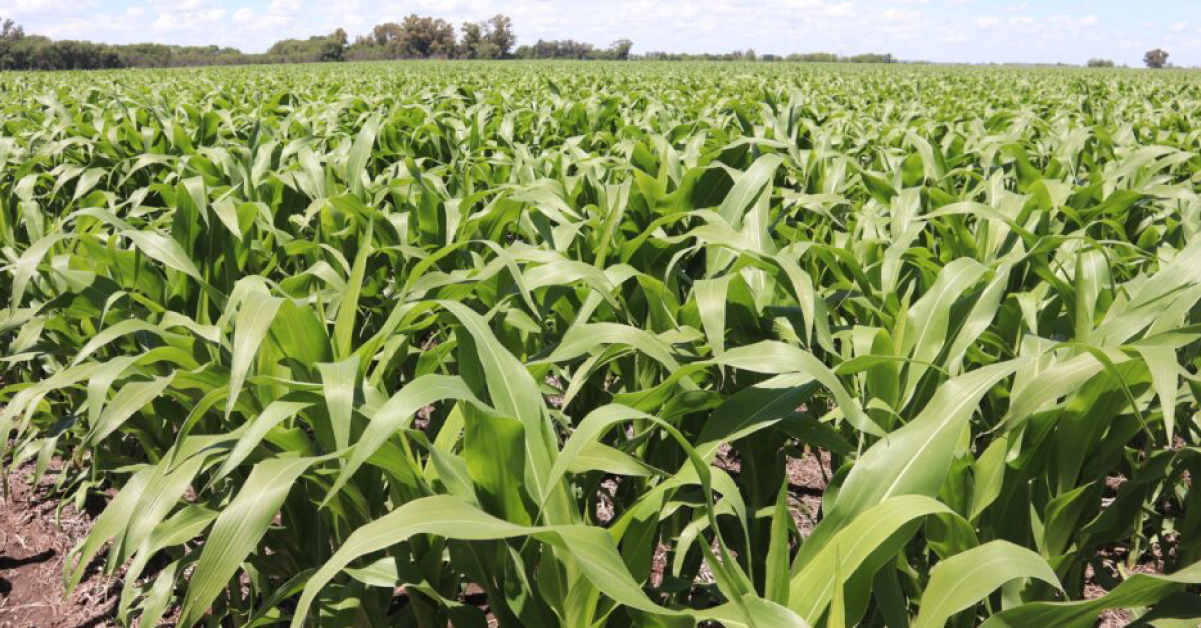Markets are moving at a frantic pace due to decisions made by the new U.S. president, who has initially chosen to break with traditional trade relationships. In a world that had been leaning toward globalization, we’re now shifting to a more protectionist environment, marked by tariff wars with China and the EU, and aid cutbacks, such as those affecting Ukraine. This has clearly shaken global financial markets, with major U.S. indices like the S&P 500 showing significant nominal pullbacks. The causes are varied, but they all converge around the actions of D. Trump.
This is a high-level summary of broader geopolitical and financial market dynamics that, while external to the grain markets, directly correlate with their behavior—particularly by influencing speculative funds. While these funds don’t set long-term price trends, they are a major driver of short-term volatility.
Soybeans
Focusing on soybeans, prices on the CME have undergone a correction, driven by strong supply fundamentals. On one hand, the U.S. is reporting carryout stocks slightly above last season, reaching 9.2 million tons.
But the key driver is Brazil’s harvest progress, with production estimated between 166 and 170 million tons—setting a new record and exceeding the previous peak by about 6%.
According to CONAB, Brazil’s ending stocks for soybeans are expected at 2.2 million tons—an improvement over last year but still well below the multi-year average, which flags some uncertainty moving forward. This aligns with USDA’s recent Outlook, suggesting U.S. soybean acreage could decline next season.
In Argentina, recent rainfall in February has improved crop conditions. Current projections are 46.5 million tons by the Rosario Board of Trade (BCR) and 49.5 million tons by the Buenos Aires Grain Exchange (BCBA), more aligned with USDA figures.
In summary, total global soybean supply is estimated at 420 million tons—up 26 million tons from last year—with demand remaining relatively flat around 179 million tons.
Corn
Corn fundamentals are similar, though the key factor is the replenishment of U.S. stocks, now at 52 million tons, with a stock-to-use ratio of 14%, providing the market with a comfortable cushion.
In parallel, Chinese demand has declined significantly, with imports estimated around 8 million tons—less than half of the previous year’s volume.
Brazil is also expected to increase production, and as of now, there’s little concrete evidence to contradict that outlook, which the market sees as another bearish factor.
Unlike soybeans, corn prices in Argentina (particularly the April position) have already started adjusting. This is due to the early harvest beginning to hit the market, combined with remaining stock from the previous campaign. Key questions remain around domestic consumption and export performance, as maintaining past export balances could pose challenges toward the end of the calendar year.
Conclusion
We’re facing a more volatile global landscape, shaped by different variables than in the past. With strong production volumes in both corn and soybeans, and demand showing no significant short-term growth, Argentine producers are being highly pragmatic in their decision-making. The focus is on projected profitability—especially toward the end of the 2024–2025 campaign—as they wait for any improvements in market conditions.





